This motion picture is being released as a “Special Edition” Blu-ray by Synapse Films on September 13th.
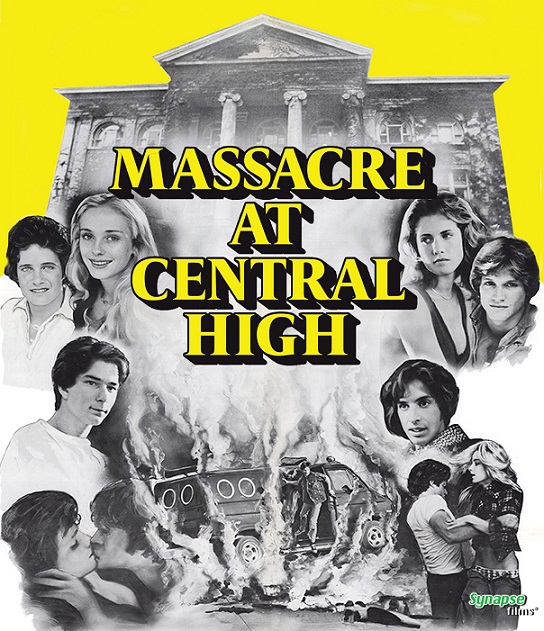
Back in the early days of VHS, tape renters like myself discovered a number of cult films that we’d only read about in the pages of movie magazines. For this writer, one of those pictures was Massacre at Central High (1976). At some point in the 1980s, I located a grainy, awful looking full-frame VHS transfer of the flick with much of the color drained. Frankly, it was tough to make out what was going on in a few scenes. But despite the poor visual presentation, the story and unique approach did make an impression on me. As the years passed, the film fell out of print and became harder and harder to locate. As such, I never saw it for a second time… until last week.
Synapse Films recently released a “Limited Edition” Blu-ray and DVD Steelbook through their site, which was a little too expensive for me to purchase, especially as it had been so long since I had originally seen it. This week, they are putting out a reasonably-priced “Special Edition” Blu-ray that contains a restored and remastered transfer of the picture (which was supervised by the director before his passing at the end of 2019) as well as the extras available in the previous edition.
Upon rewatching the film, it’s just as provocative, unique and powerful as it was during its original run and debut on VHS. This is more than a simple exploitation picture, also adding political satire and social commentary into its story. It seems that this had much to do with the figures behind the camera. While set in sunny California, Massacre at Central High was written and directed by Dutch filmmaker Rene Daalder and impressively photographed by countryman Bertram van Munster.
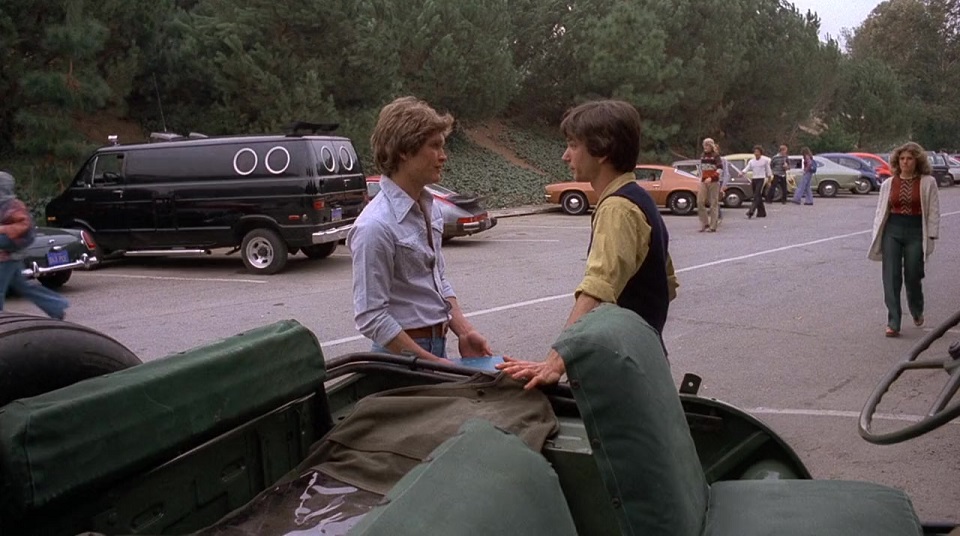
For those unfamiliar with the story, the tale begins with the arrival of new student David (Derrel Maury) at Central High. He is met by Mark (Andrew Stevens), an old friend who he once helped out of a jam. Mark quickly admits to David that, in order to survive at the school, he has befriended a wealthy and athletic gang who rule over the student body. Lead members Bruce (Ray Underwood), Craig (Steve Bond), and Paul (Damon Douglas) tyrannize and oppress the student population in absolutely heinous ways, while the meeker Mark simply stands by or tries in vain to dissuade them.
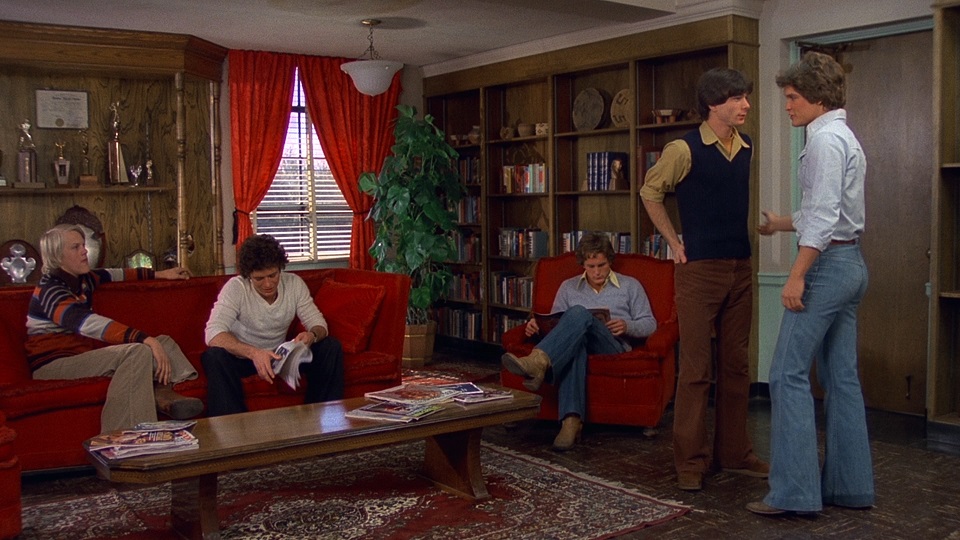
David is none too pleased with the situation, refusing to join the group as he watches them bully other students. Eventually, tensions rise between David and the gang, resulting in a violent attack. The gang think things are over, but brutally violent accidents begin to befall those who participated in the crime. In most films, this would be the entire tale. But in this story, as the gang’s power slowly dissipates, the oppressed students begin to become oppressors themselves, making moves to try and take control of the school. They even pester David to act as their muscle. Their frustrated savior ultimately begins to consider wiping everyone out.
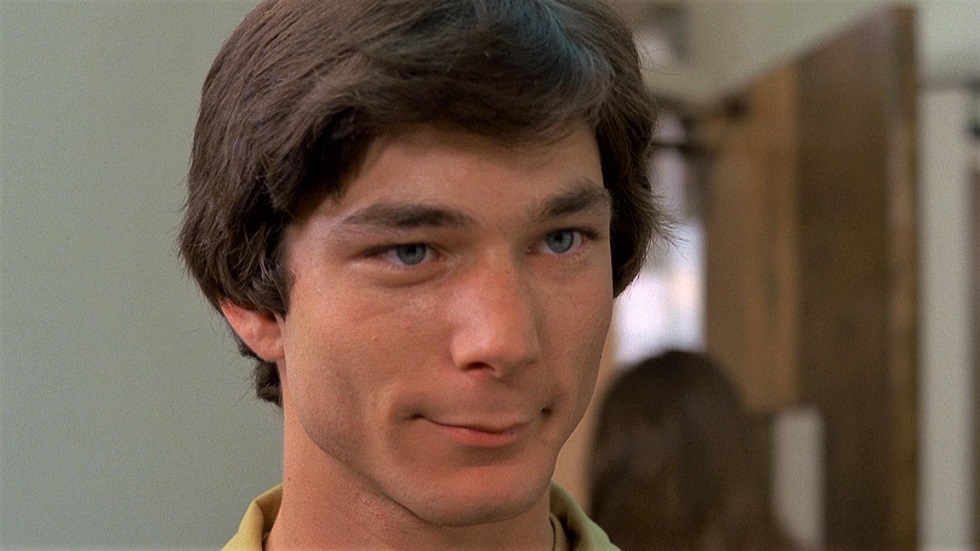
Despite the cast looking too old to be playing high school students, they are all excellent in their roles and the film is far more compelling and interesting than most features of its ilk. And even though the actors and setting are distinctly American, the entire feature does have a European feel to it. Everyone is deeply flawed and there are no real heroes in this story. It’s also paced like a rocket, is brutally violent and features some jarring acts of violence, along with a lot of fascinating background subtext. After re-watching it, it’s clear that this picture really is a political allegory and attempts to show some of the nastiness that can occur after a successful revolution or major upheaval. And many of the distinctive individuals involved, from leads to supporting actors, change and evolve significantly as the story progresses.
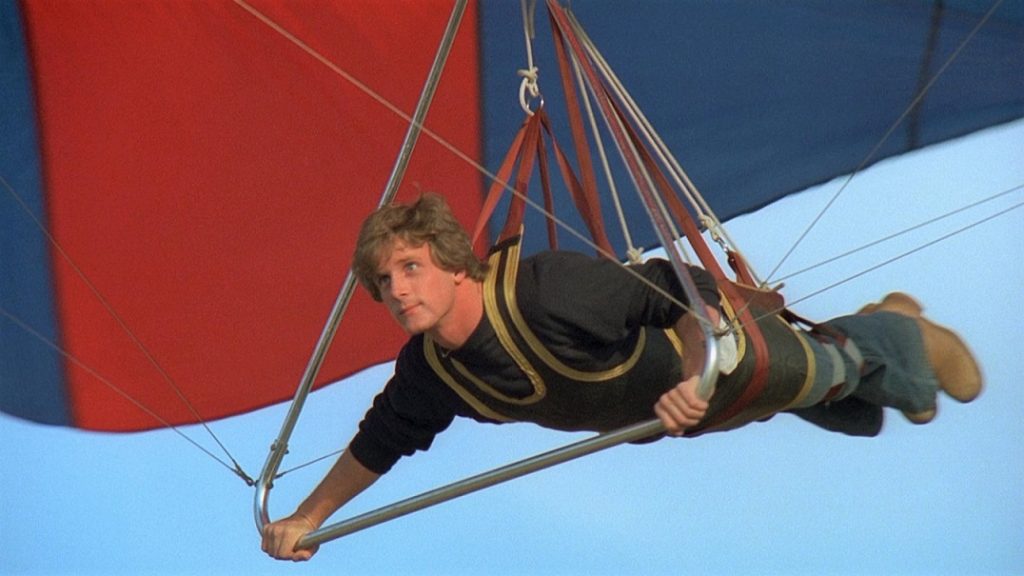
Equally impressive are the dangerous-looking stunts that include car accidents, rockslides, explosions and other disasters (one involving a hang-glider is particularly wince-inducing). The cleaned-up image reveals that the film was actually beautifully photographed by Bertram van Munster. The murders are strikingly shot and edited and there are some gorgeous images shot around California beaches during the magic hour.
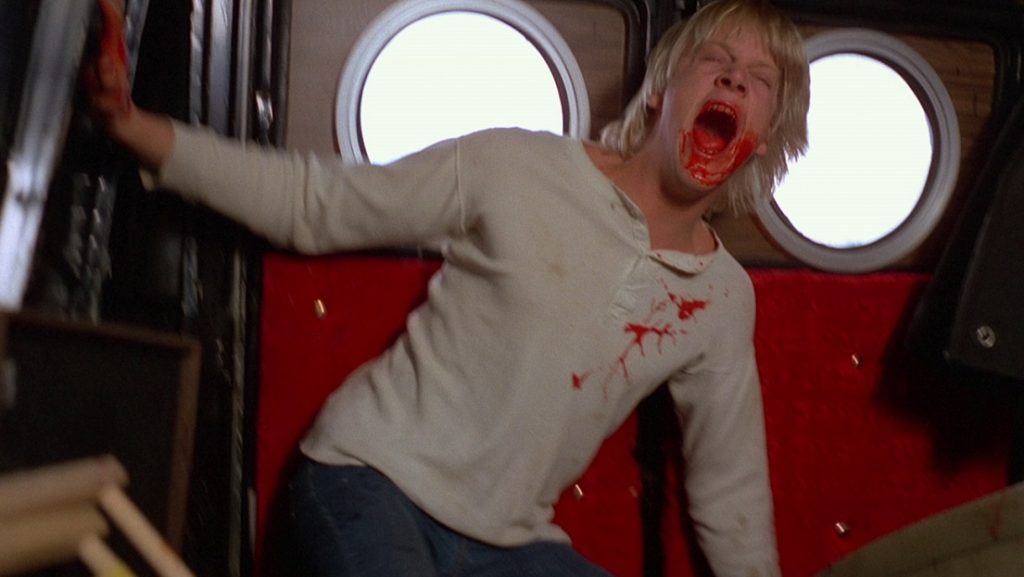
While made independently for very little money, this film is excellent and one of the best of its genre. The murder scenes are unique and memorable, but there is far more going on beneath the surface to keep viewers thinking long after the credits roll. This reviewer is pleased to say that the movie is every bit as good, if not better, than he remembered.
As mentioned, the cleaned-up picture is a wonder in and of itself, but the disc includes other impressive bonuses. There is a wonderful new making-of documentary featuring interviews with cast and crew members (including director of photography Bertram van Munster) on the making of the film. They talk about the fact that there are no adults present in the movie and how that creates an interesting and unique dynamic to the story. Additionally, the cast members share stories of the shoot and having a great time working together and with director Daalder. It seems that some of those stunts really were a bit dangerous, including an exploding locker stunt that created a bigger blast than anticipated.
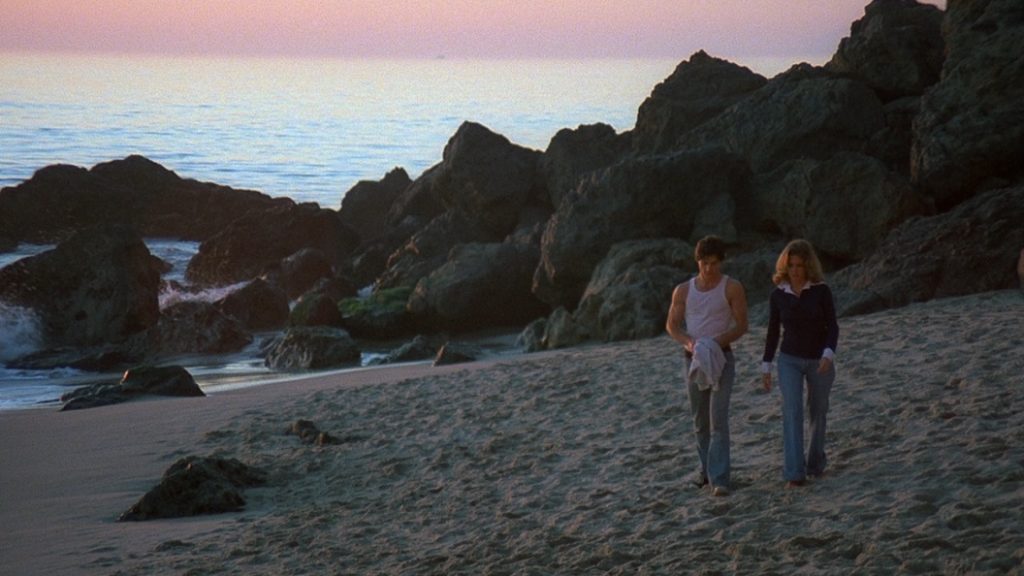
They also discuss Daalder’s laid back demeanor and amusingly unique directions for them. Maury talks about auditioning for a smaller part in the picture, but mentions that he hung around afterward and actually helped Daalder with casting by suggesting some contemporaries for specific characters. The actor ended up being given the lead role of David. There is also talk about how the film was discovered. It didn’t do well when originally released in 1976, but when New York Times critic Vincent Canby saw it during a midnight showing in 1980, he wrote a rave of it that helped reignite interest in the film.
Perhaps most amusingly, one of the cast members talks about the cinematographer and the fact that he may have gone on to be more successful than any of the cast members. Indeed, while he doesn’t talk about it in his onscreen interview, Bertram van Munster later became the co-creator and executive producer of the hit TV-series The Amazing Race.
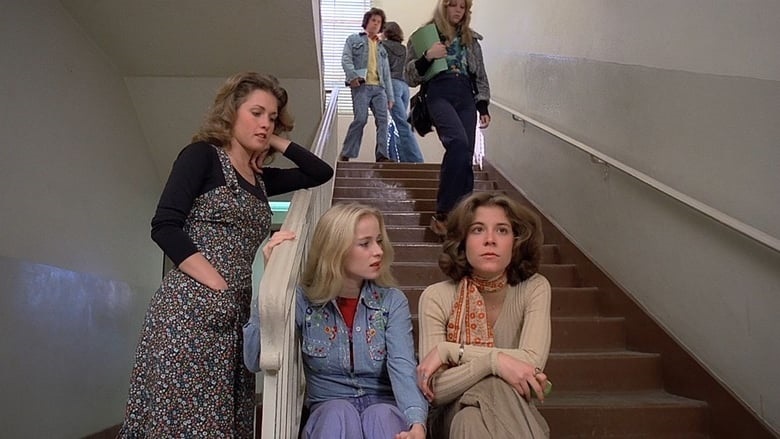
They also go into detail on one of the strange quirks of the movie… it’s seemingly inappropriate theme song. Remarkably, the director had a background in music and a few interviewees claim that he wrote a great and haunting electronic opening number for the movie. According to one source, it was rejected by a producer and replaced with the odd number.
The Blu-ray also comes with audio interviews by Mike White of The Projection Booth podcast, featuring cast members Andrew Stevens, Robert Carradine, Derrel Maury and Rex Steven Sikes who share some great stories. It runs as a commentary track with the movie. There’s also an interview recorded with director Renee Daalder shortly before his passing. This 30-minute discussion plays as an audio track over the feature and contains some great information about his approach to the film and his intentions to make more than a simple exploitation movie. He also talks about his incredible career after the film as a pioneer of virtual reality technologies.
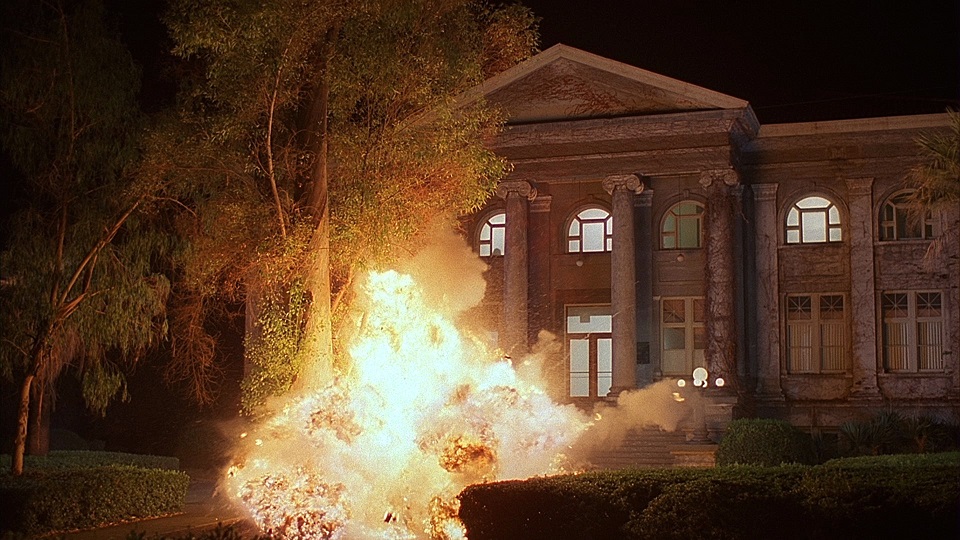
And of course, there is also a theatrical trailer, TV spot, radio spot and still gallery with tons of great images. Massacre at Central High is a powerful effort that delivers the expected genre tropes but does so in a fresh way and leaves viewers with plenty to think about. The Blu-ray boasts a stunning picture with some great, informative bonuses. Simply put, if you are a collector of low-budget genre films, then this disc is a must-own.


